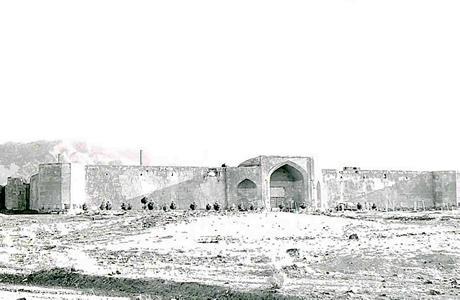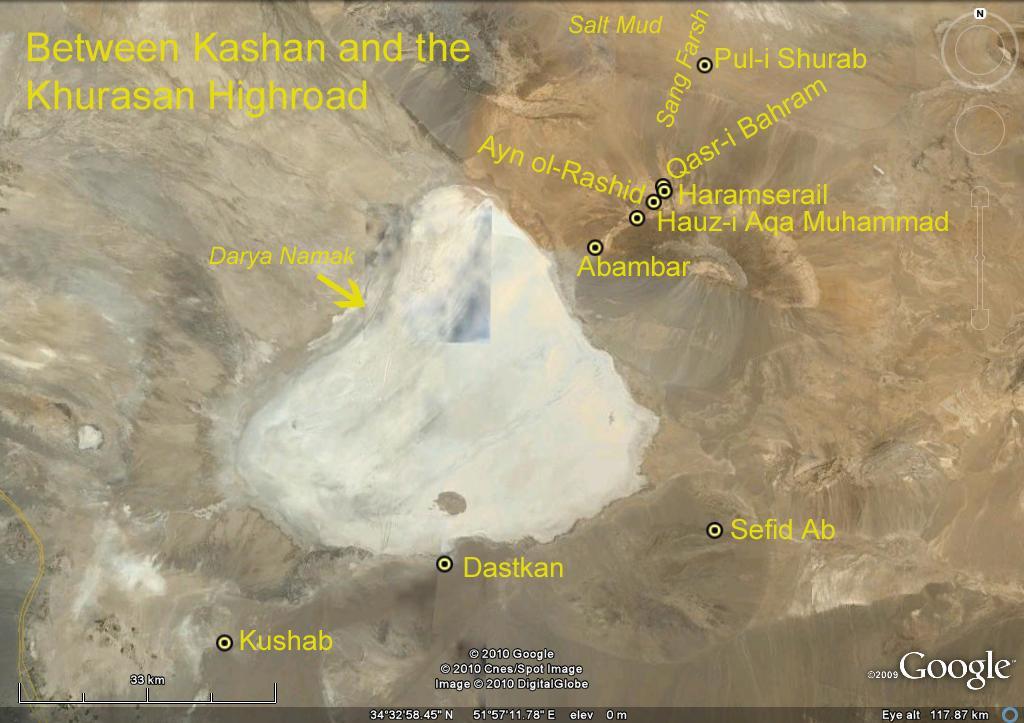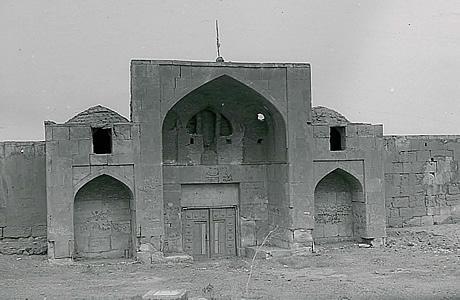Siahkuh and Haramserail
Qasr-i Bahram, as the building is now called locally, is still stunning. Local experts say it was built as a hunting lodge for Shah Abbas. Graffiti recorded in the building in 1971 included a date of 1001AH/1592CE. Despite this, there is no record of Abbas stopping here when he passed in 1601 on the 1000km …



